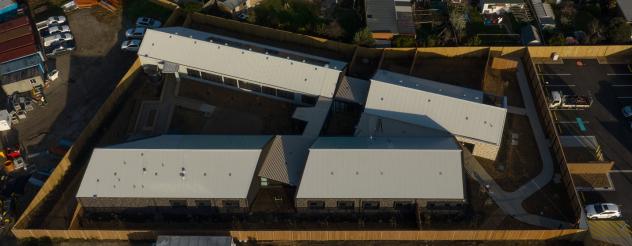
- Home
- News and events
- Nature, nurture and community: How prevention and recovery care facilities are tackling our mental health challenges
Nature, nurture and community: How prevention and recovery care facilities are tackling our mental health challenges
Right now across Victoria we’re having many important and long overdue conversations about mental health.
The spark has been the work and Final Report from the Royal Commission into Victoria’s Mental Health System, the first of its kind in Australia. Beyond that, the larger impetus has been a growing understanding of just how big an impact mental health issues have on our communities, something thrown into sharp focus by the global pandemic.
An issue close to home
The numbers tell one side of that story. Each year 1.2 million, or one in five Victorians, will experience mental ill health. Nearly half of all Victorians will experience a mental health issue in our lifetime. Sometimes these challenges to mental health are eased with time and informal support. At other times, people will need more specialised assistance and treatment.
The other side of the story is the disadvantage that mental health issues can create. People experiencing mental ill health should have the same opportunities to be healthy and participate in their communities as others – but too often they don’t. Mental ill health can be associated with greater risks of physical illness and suffering violence, homelessness, disadvantage and discrimination. Some groups, including Aboriginal people, those living in rural or remote communities, and lesbian, gay, bisexual, transgender and intersex people will face greater challenges to their mental health.
A place for support and recovery
Prevention and recovery care (PARC) facilities are one way the Victorian Government is responding to those challenges. PARC facilities deliver a unique, home-like setting where people experiencing mental ill health can get the support they need to successfully resume their lives in their local community. Multi-disciplinary teams within each PARC facility provide short-term residential treatment programs focussed on early intervention for people who are becoming unwell and for those in the early stages of recovery from an episode of acute illness.
There are 25 PARC facilities operating across Melbourne and regional Victoria, with two specialist facilities – a Youth PARC in Melbourne’s north west, and a Women’s PARC in Sunshine – in development.
John Belanti worked as a Principal Project Officer in the mental health area for the Victorian Government up until last year. His current role is Lived Experience and Partnerships Manager at North West Area Mental Health Service. John says PARC facilities can be described as a ‘step up or step down’ facility.
'PARC facilities are designed to give support to people who may have experienced a crisis or a major life change that’s triggered some kind of mental health issue. They’re a ‘step up’ from there, somewhere to get the support and recovery programs that’ll help them return to their lives in the community. The ‘step down’ on the other hand refers to people who may have had a stay in an inpatient unit after an acute episode and would benefit from a short period of extra support before returning to their community'.
John Belanti, Lived Experience and Partnerships Manager North West Area Mental Health Service
Within the health system, PARC facilities play an important role in easing the increasing demand on hospital inpatient facilities, by reducing the incidence of repeated visits, or offering an alternative to people before they need admission to a hospital unit.
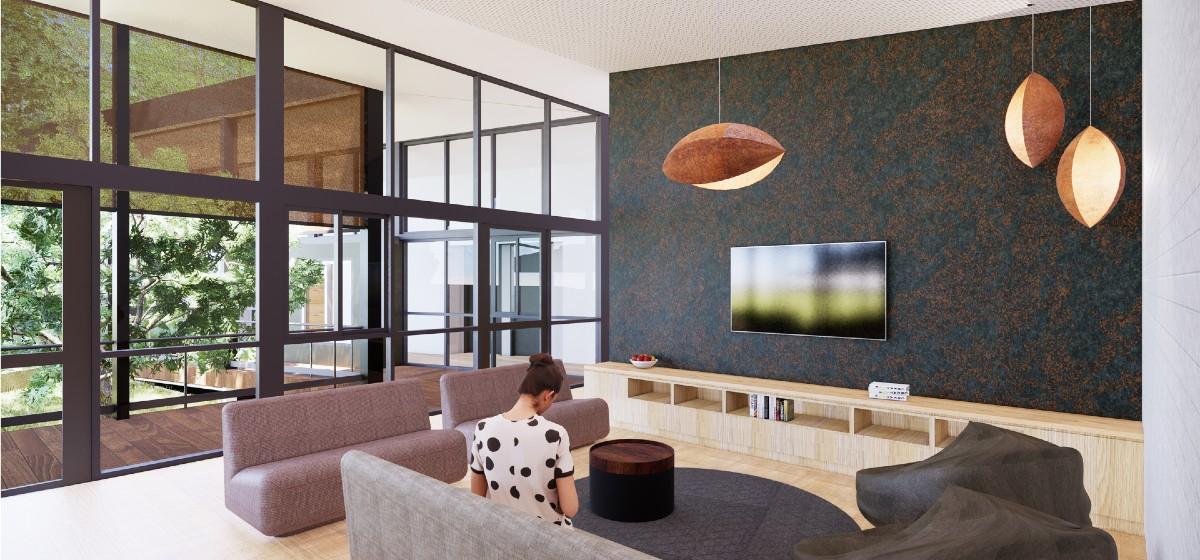
Artist's impression of the Youth Prevention and Recovery Care centre interior.
Building true community
For clients, John says one of the real benefits of a PARC is the emphasis on community life.
‘The PARC is designed to give people a ‘therapeutic community’. It’s a place where they can get support and information in a non-clinical setting. PARC facilities have a focus on things like the language we use, the choices we have available to us - and will always look to highlight personal strengths,’ he says.
Gail Bradley is the Area Manager for the Inner West Mental Health Service, and points to this emphasis on communal life as a unique aspect of the program.
'These simple but powerful things can really make a difference – cooking together, going grocery shopping, working in a garden or sharing a meal with others. There are individual programs as well of course, but all within the context of shared learning and support'.
Gail Bradley, Area Manager Inner West Mental Health Service
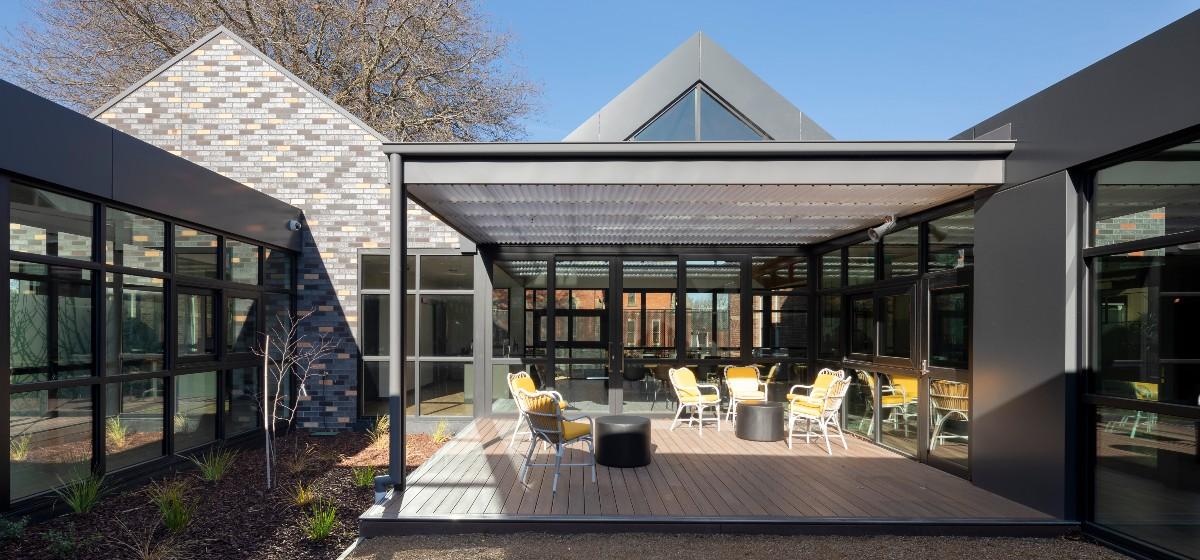
An internal courtyard at Grampians Prevention and Recovery Care centre in Ballarat.
Designed to make a difference
An emerging movement in architectural design has heavily influenced the physical structure of PARC facilities. Salutogenesis translates as ‘the origins of health’, and salutogenic design is a focus on how the design of a building can positively impact human health. Elements like natural light, natural materials like wood, the use of plants and spaces that connect with nature have all been found to exert a positive influence on our state of mind.
Sally Delany is the Manager of Design Services for the Victorian Health Building Authority. She says salutogenic design is a key consideration in the build of PARC facilities.
'It’s about understanding the importance of indoor and outdoor spaces. In many ways the outdoor space is as important – maybe even more important – than the indoor. By using design creatively, we can use the natural outdoor spaces for group activities or therapeutic one-on-ones.
One of our learnings with PARC design is that if people experience spaces as too constrained or containing, they won’t use them. So spaces that enable safety alongside communal connections and connection to the natural world become very important.'

Artist's impression of the Youth Prevention and Recovery Care centre exterior.
Stories of success
John Belanti says feedback from clients is confirming the success of the PARC model.
'The exit interviews from clients have been really positive. A lot of them mention the strong sense of community they’ve experienced. It’s great to hear about ex-clients visiting their PARC community for barbecues, art competitions or gardening days even after their residential stay has finished'.
John Belanti, Lived Experience and Partnerships Manager North West Area Mental Health Service
Gail Bradley relates the story of a PARC client who was able to find his way back into a more stable community life after his stay.
'This young man was homeless and living on the street. Nurses from the Bolton Clarke Homeless Persons program made contact and were able to organise a place for him in a PARC. Within the PARC community he was assisted to set up his social security details and become involved in some positive activities like exploring his talents via guitar lessons. Eventually he was able to be reunited with a family member and settle back into his rural community with support from local mental health services through the NDIS.'
Tackling the many dimensions and challenges of mental health in our community is a huge task. The positive changes enabled by the PARC model, and the innovative thinking that drives both its design and service delivery plays a critical role in helping local communities.
Subscribe and stay up to date
Get the latest announcements and project updates by signing up to our e-newsletter, VHBA In Brief.
Related content

28 September 2022
North West Women’s Prevention and Recovery Care Centre
The Victorian Government invested $8.4 million to build a new Women's Prevention and Recovery Care (WPARC) centre to support women experiencing mental ill health.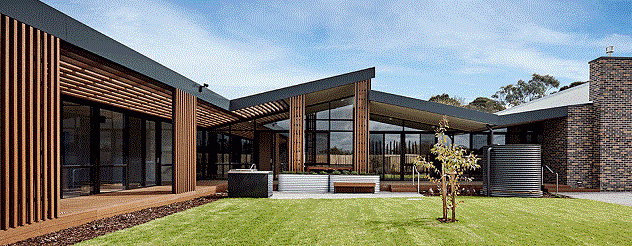
02 April 2019
New planning guideline for mental health prevention and recovery care units...
The Victorian Health Building Authority has released a further Mental Health Prevention And Recovery Care Unit planning guideline.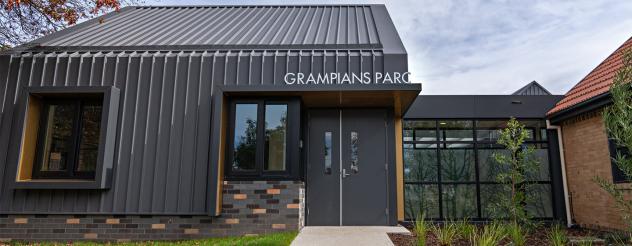
10 August 2020
Grampians Prevention and Recovery Care centre
The $6 million Grampians Prevention and Recovery Care centre opened in July 2020.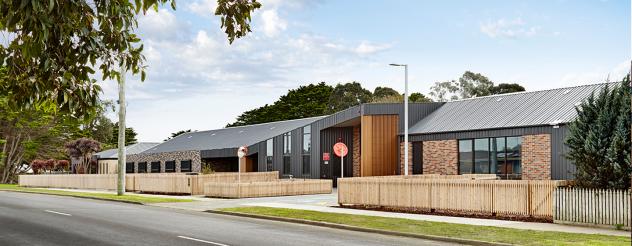
10 June 2022
South West Healthcare Prevention and Recovery Care facility
Victoria’s South West now has a dedicated prevention and recovery care centre for people dealing with mental health issues.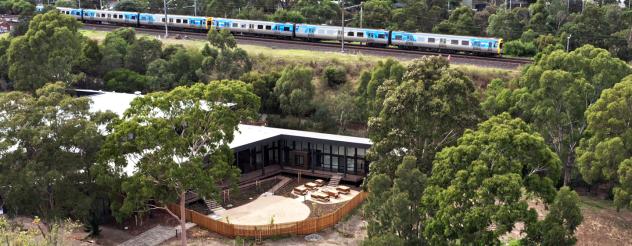
30 March 2022
North West Metropolitan Youth Prevention and Recovery Care centre
The Victorian Government invested $11.9 million in the new North West Metropolitan Youth Prevention and Recovery Care (YPARC) centre.
24 December 2020



